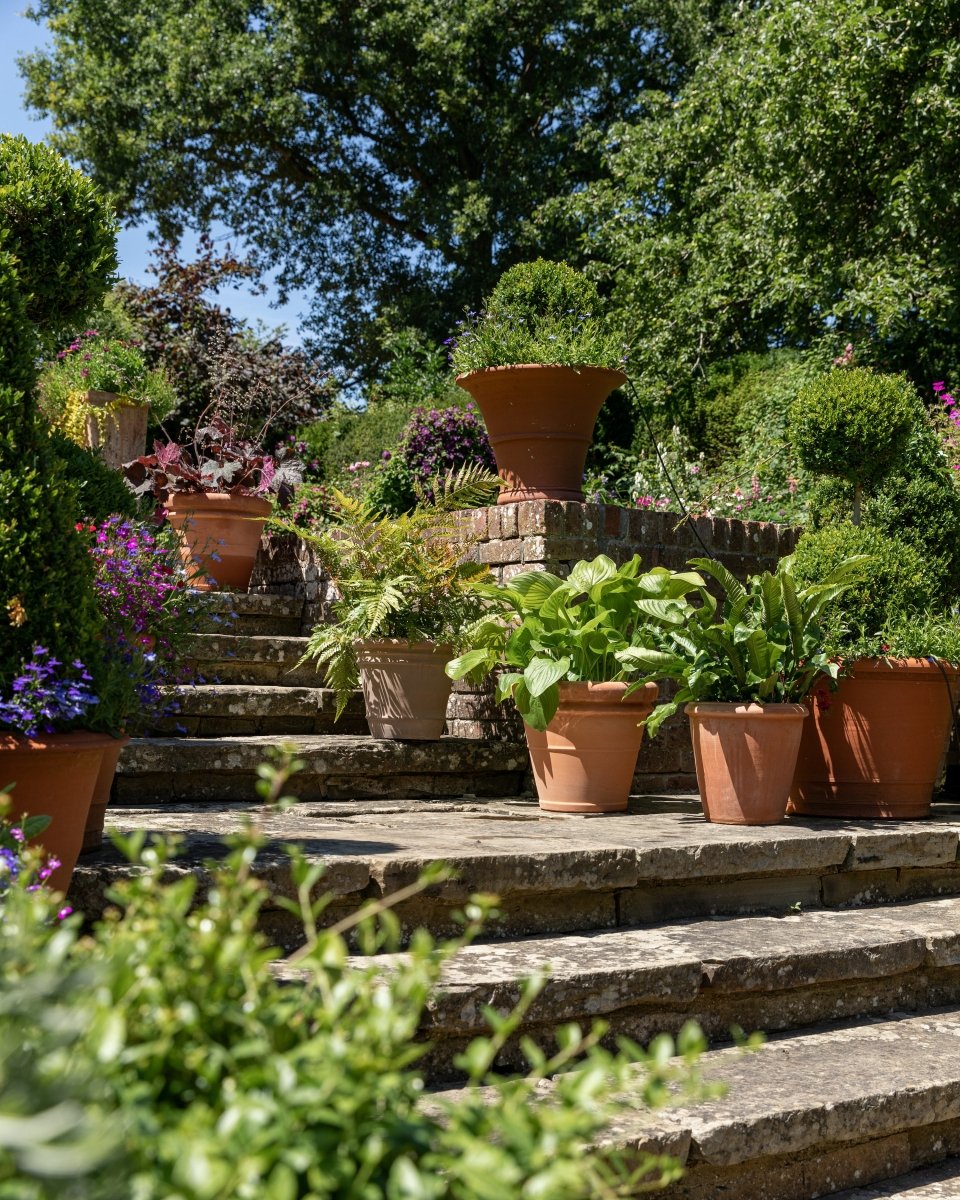Now the days are shorter, the central heating is roaring away, and draughts are frosty cold, it really is the time to adjust your house plant care regime.
Here are some handy tips to help you provide the best environment for these plants, that are more accustomed to tropical conditions than British winters.
-
Now daylight hours are lower it is safe to move your plant closer to the window to receive as much natural daylight as possible. Ideally a minimum of 5 hours a day for fiddle-leaf figs and strelitzia.
-
Reduce watering now, as plants need less water when the light levels have reduced and they have become dormant and are no longer putting energy into new growth. For ficus this means watering only when the soil has dried to the touch two inches deep. There are some exceptions like calathea which should still stay slightly moist, so refer to individual guides.
-
Plants will take longer to absorb moisture so do not rely on a watering rota, rather test the soil and make sure excess water has drained away. Root rot is more likely to occur in winter as water is less likely to be absorbed by the plant as it requires less in this dormant season.
-
Keep away from draughts as these tropical plants are not acclimatised to cold air which causes shock and can lead to leaves dropping. Hot air blowing towards the plant or being close to a radiator can also be detrimental as it dries out the leaves.
-
As our homes are heated in winter, the air is very dry, rather than humid. These tropical plants like moist warm conditions so misting can help keep leaves fresh in centrally heated homes.
- Do not feed plants with fertiliser during winter as they are dormant and not growing, so this can lead to new weak growth or root damage. Save all feeding until spring when the days are longer.





















